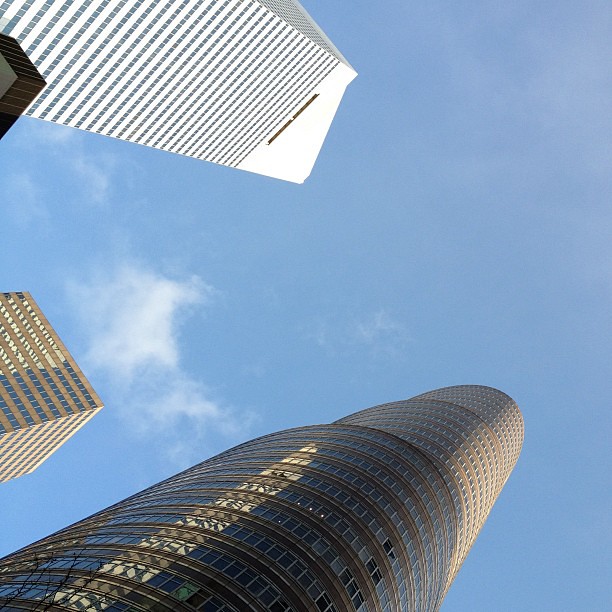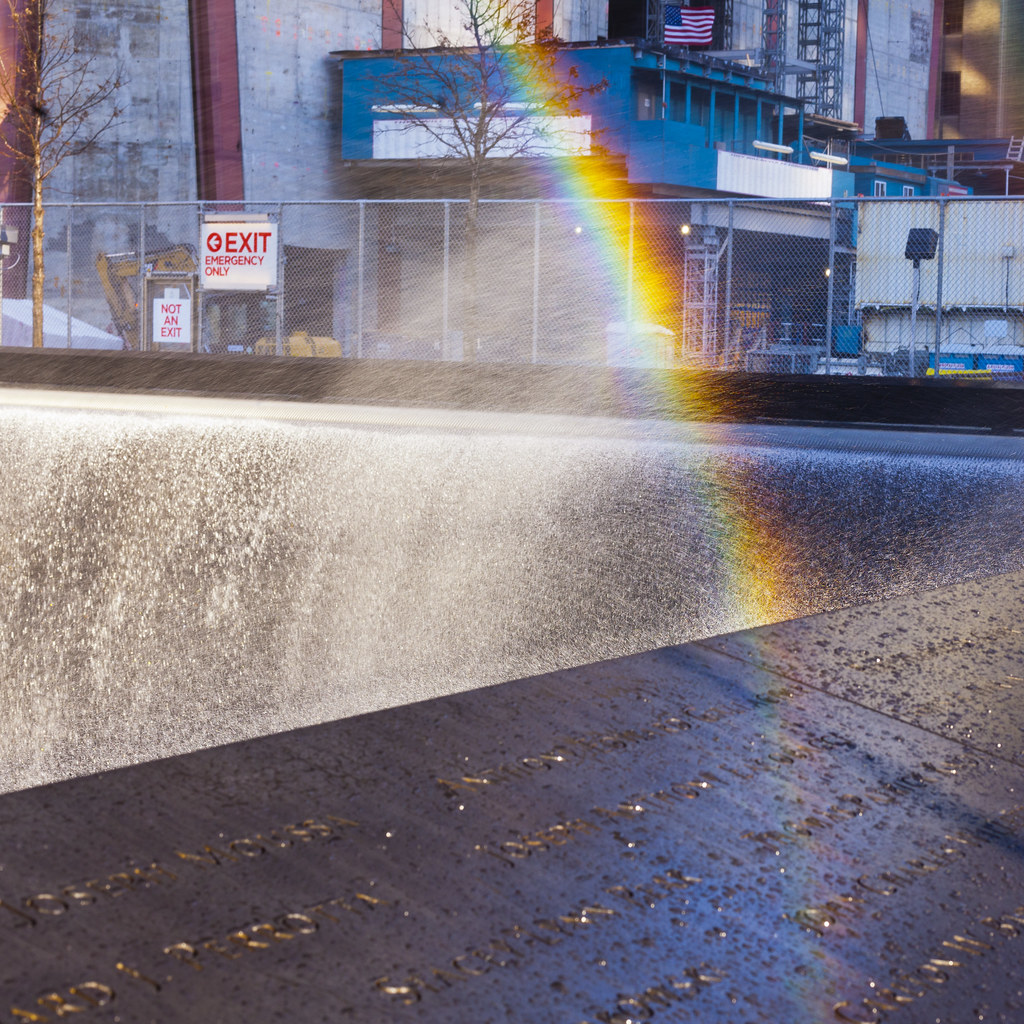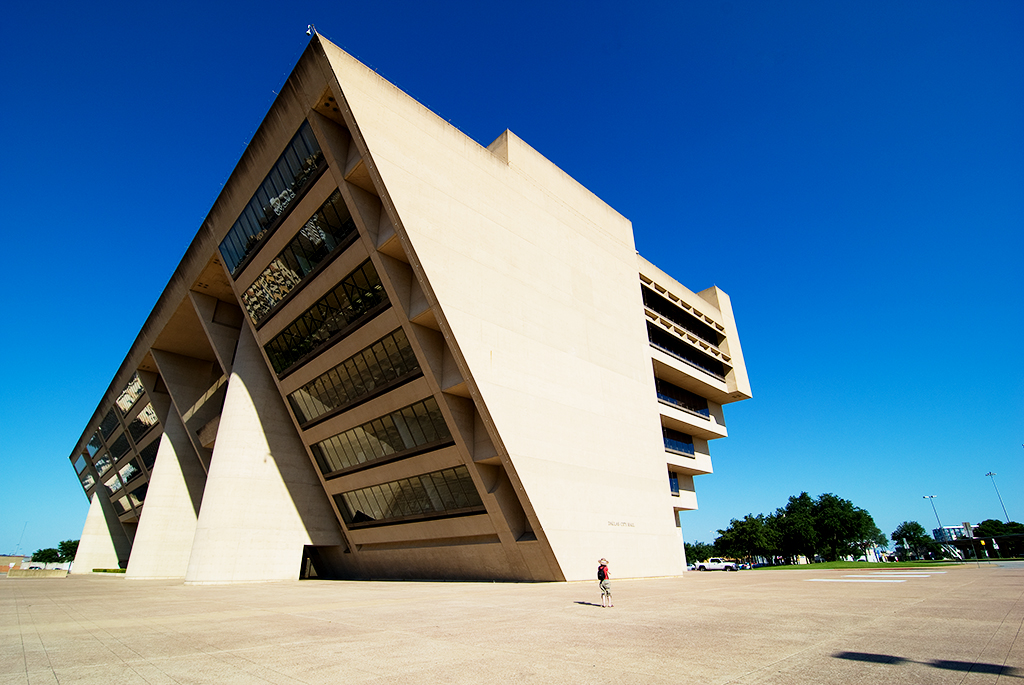Via Digital Urban comes the above visualization of realtime crowd densities captured during the 2011 Lord Mayor’s Show in London (a sort of fancy parade). It is unclear if the analysis and mapping is coming from direct capture of mobile phone data, or by providing specialized wearable sensors to a small subset of volunteers who provide data which is pattern matched to different crowd densities based on an in-lab experimental dataset. My guess is that it is the latter, but the former is extremely possible once you have the proper data access. You can read the paper here: Recognition of Crowd Behavior from Mobile Sensors with Pattern Analysis and Graph Clustering Methods.

As seen with the recent iPhone location data file imbroglio (pretty map above of my data), it is both easy to generalize your location based on fixed cellphone towers, situation your precise location with GPS data, and there are huge unintended consequences to us carrying a powerful wearable computer which captures and passively transmits minute detailed data. I’m not putting my iPhone in a tin-foil wrapper, and I’m not following the NSA mobile computing guide (which is basically turn it off all the time), but we are quickly moving into uncharted territory. This has huge implications, especially here in the US where there is a strong history of protecting the populace from continual State tracking and observation.

A recent example of a company dealing with the modern problem of accurate Sousveillance is Flickr with their Geofences:
Geofences are special locations that deserve their own geo privacy settings. For example, you might want to create a geofence around the your “home” or “school” that only allows “Friends and Family” to see the location of the photos you geotag in that area. So the next time you upload a photo with a geotag in the radius of a geofence, it will follow the default geo privacy you’ve designated for that hotspot. That way, you can easily make sure that only people you trust can see the location of photos taken inside your house or any other sensitive areas while still showing the world exactly where you had those amazing cheese covered duck fat fries.

Note the total abrogation of any responsibility or even allusion that this crowd recognition algorithm has any negative consequence:
Thus, collecting sensor data from an ensemble of persons is a necessary condition to recognize crowd behaviors, but not a su�cient one. The main challenge consists in the interpretation of this collected data and to devise methods to map the sensors signals, collected from an ensemble of persons, to one of several kinds of crowd behaviors.
…
The recognition of crowd behavior facilitates practical applications. In situations of emergencies during large-scale public events, machine recognition of crowd behavior enables a better situational awareness of event managers and informed participants. This may be used to carry out an evacuation more successfully and e�ciently. Measuring the dynamics of crowd behavior can also be useful for urban planning and pedestrian navigation.
Or in reality, this system will be used by police states, and states which are nominally free, to track and contain any anti-social behavior. Sure there is a legitimate use case for violent uprisings, such as the recent rioting in London, but you can’t for a minute believe that this wouldn’t be used to quash any peaceable assembly. Will planning agencies really have the money, or political constituency, to use this type of service to plan sidewalks?
Really?
This is a tool of state control, with a varnish of gee-whiz info graphics on top. It is saddening that the paper authors totally sidestep their academic requirement to think about their consequences.
Update 22 Nov 2011
On the matter of data collection, Martin Wirz writes:
“The data is being collected in near real-time (delay ~ 1. min) directly from the mobile phones. This allows for an instantaneous heat map visualization. We used the CoenoSense platform to collect the data.
More information: www.coenosense.com”
If you go to the website, under Use Cases comes further information:
This app provided important information to visitors: Maps with points of interests, travel Information, time table and notification services to obtain information about the current state of the event.
Additionally, the app was collecting GPS location updates and streaming them to the CoenoSense backend where this information was processed and used to provide a real-time heat map visualization of the current crowd density. This visualization was instantaneously available to the organizers and rescue forces, helping them to obtain an overall picture of the situation.
So, it appears that what it happening is that the data was collected was through an opt-in situation through the use of an iPhone app which broadcasts to a third part certain information. Furthermore, if you check out the LM Show app page (iTunes) the app description specifically states this:
Neither the Location Based Information nor the Messaging channels are used to send out advertisements. These features are there strictly for your convenience.
This app is part of a research project called Socionical, funded by the European Union. For more information about the project and its top level academic participants, please visit www.socionical.eu.
One of the research objectives of Socionical is to study crowd dynamics, following a major disaster. Since we cannot set up a disaster to test the app, we are testing it with your help during events with a high citizen participation. The app will record data anonymously, to show crowd density; it will, however, be absolutely impossible to deduce your identity from the recorded data. Furthermore, the app will only be active on the day of the Show and only while you are at the event location. You can use the app to check both the data recording zone and the sensor activity.
If there is a problem with congestion, or an emergency situation, then the researchers will inform the organisers of the Show and if necessary the emergency services and you will receive advice on, for example alternative routes. It is important that you do leave the app running so that you can be contacted if necessary. You will not be contacted on a personal basis, but because you happen to be in a particular location.
Socionical respects your privacy and conforms to all ethical rules set by the European Union. Furthermore, the collection of the data has the seal of approval from the Socionical Ethics Committee.
So the authors are very upfront about data collection – cheers to that! Yet the original premise stands: this type of service directly supports State power and control. This of course treads on the line of what is acceptable to research, since the results often can be used for nefarious purposes. The hope is that researchers acknowledge paths to their research have negative, and possibly harmful consequences.





















